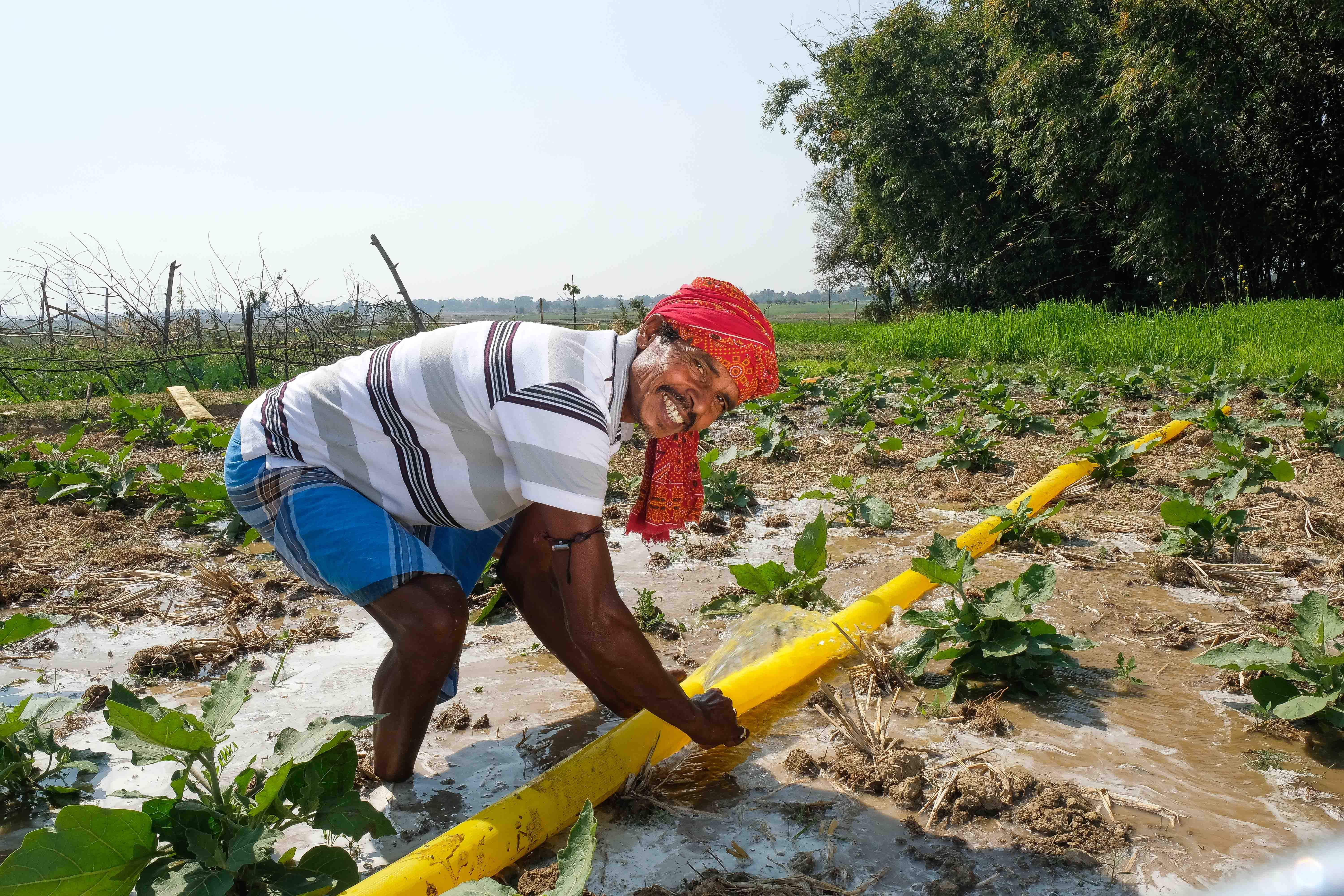In the heart of rural communities across the globe, the threads of water, health, and agriculture are intricately interwoven—each one reinforcing and depending on the others. These connections are especially evident in low- and middle-income countries, where the vast majority of people rely directly on natural resources for their livelihoods and well-being.
Yet, development initiatives often address these areas in silos, overlooking the powerful synergies that arise when these sectors are tackled together. To truly empower rural populations and promote sustainable development, we must embrace integrated solutions that acknowledge and respond to the intersection of water, health, and agriculture.
Water: The Foundation for Life and Livelihoods
Water is not just a resource—it is a lifeline. Its availability and quality determine whether crops can grow, livestock can thrive, and families can maintain good hygiene and health. In many rural areas, access to safe and sufficient water is limited, with communities depending on seasonal rain, over-exploited groundwater, or polluted sources. This scarcity and unreliability have far-reaching impacts.
For instance, when water is scarce or distant, women and girls often bear the burden of collection, spending hours walking and carrying heavy loads. This time-consuming task not only exposes them to safety risks but also reduces time available for education, income-generating activities, or rest. Moreover, limited water supply at home affects sanitation practices—leading to open defecation, poor menstrual hygiene, and the spread of waterborne diseases.
Health: Dependent on Water and Food Security
Water-related diseases like diarrhea, cholera, and dysentery remain among the leading causes of illness and death in rural areas—particularly among young children. Without clean water and sanitation, even simple infections can escalate into life-threatening conditions. Malnutrition also emerges as a health issue directly linked to both water and agriculture. When crops fail due to water scarcity or when unsafe irrigation practices contaminate produce, the nutrition of families suffers.
Inadequate nutrition weakens immune systems and reduces resistance to disease. And the cycle continues—poor health undermines people’s ability to work their land, attend school, or engage in economic activities. For expectant mothers, this can mean higher risks of complications during childbirth and low birthweight babies, perpetuating the cycle of poverty and poor health.
Agriculture: The Rural Economic Engine—Vulnerable to Water Stress
Agriculture remains the mainstay of rural livelihoods in most parts of the developing world. But it is also the most water-intensive sector, consuming up to 70% of freshwater globally. In the face of climate change, erratic rainfall patterns, and overuse of groundwater, farming systems are under intense pressure.
Smallholder farmers often rely on rainfed agriculture, which makes them highly vulnerable to changing weather. Droughts or delayed monsoons can mean an entire season’s income is wiped out. And when water is used inefficiently—due to outdated irrigation practices or lack of knowledge—scarcity worsens, and yields suffer.
Moreover, agriculture and water quality are intertwined. The use of chemical fertilizers and pesticides can lead to contamination of water sources, affecting not only ecosystems but also human health. On the other hand, wastewater from households or livestock can pollute surface water used for irrigation—creating a dangerous feedback loop.
Why Integrated Solutions Matter
The interdependence of water, health, and agriculture is not just theoretical—it plays out in real ways in the lives of rural people every day. Recognizing this, integrated development approaches are gaining ground and proving to be far more effective than isolated interventions.
Take, for example, the introduction of climate-resilient farming systems combined with water conservation measures—such as rainwater harvesting, drip irrigation, and watershed development. These not only improve agricultural productivity but also ensure that water sources are recharged and made sustainable over time.
Similarly, combining water and sanitation programs with nutrition education and kitchen gardening can dramatically improve family health. School-based WASH (Water, Sanitation, and Hygiene) interventions that promote handwashing and clean toilets reduce absenteeism and improve learning outcomes—especially for adolescent girls.
Crucially, involving communities in decision-making and management—especially women—ensures that solutions are grounded in local realities and more likely to be sustained over time.
A Systems Lens for Rural Development
If we are to break the cycle of poverty, poor health, and environmental degradation in rural areas, we need a systems approach that aligns investments across sectors. Government departments, NGOs, donors, and community institutions must work together to plan and implement interventions that reinforce each other.
Water access should not be treated as a standalone infrastructure goal. It must be linked with livelihoods, nutrition, sanitation, and gender equity. Agricultural programs must consider environmental sustainability and the health of both people and ecosystems. And health outcomes must be tracked not only through clinics but also through improvements in food security and clean water.
Conclusion
At the intersection of water, health, and agriculture lies the key to building resilient rural communities. By recognizing the deep connections among these sectors and investing in integrated, community-driven solutions, we can drive transformative change that lifts people out of poverty, improves well-being, and protects natural resources for generations to come.
Only by thinking in systems—and acting together—can we truly ensure that no one is left behind.



